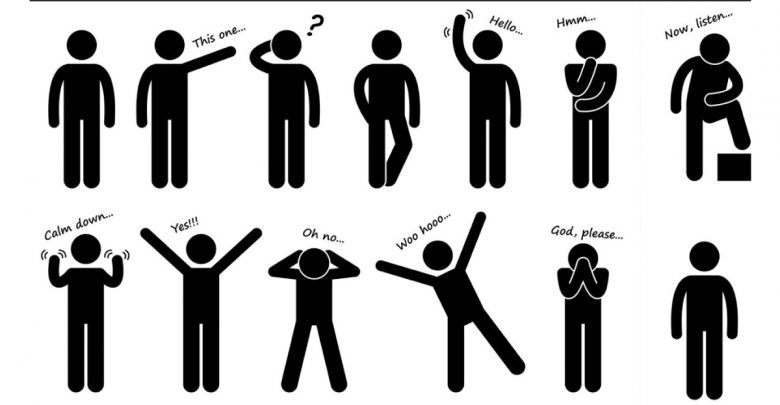An ability to listen actively
An ability to listen actively
-

Why listening and non-verbal communication matter? Referring to theories and sharing the sources of knowledge in active listening and nonverbal communication skills
What is the main job of the trainer or educator? Just by analyzing the words “trainer” or “educator”, it is easy to deduce that the main job is to train or educate people. Very often it is associated with giving input, sharing theories, and leading activities or exercises, and as trainers and educators, this is what we have been trained…
Read More » -

Turning off automatic filters
As US secretary of Defense Donald Rumsfeld said, “There are known knowns; there are things we know we know. We also know there are known unknowns; that is to say we know there are some things we do not know. But there are also unknown unknowns—the ones we don’t know we don’t know. And if one looks throughout the history…
Read More » -

The Socratic Method
Why did I choose this tool? I learned this method when I was being trained as a life coach, and yet when I started to apply it in a training setting, I was able to see impressive results and I realized that there is a strong link between asking good questions and the whole philosophy of “non-formal education”. I realized…
Read More » -

NLP Theory of Communication
Why did I choose this tool? Neuro Linguistic Programming is often used as a method of changing behavior and subconscious programming. I don’t always favor this approach because I believe that change should be conscious as much as possible and that we should be in control of how and when we change something. Of course, in order to change anything,…
Read More » -

Listening – potential barriers and guidelines to get better at it
Why did I choose this tool? I chose this tool because it is a part of a training for coaches on how to be better listeners. The level of listening of a coach needs to be deep, focused and free of judgement, but these skills don’t need to be limited to coaches. They can be understood and applied by anyone…
Read More » -

Encoding and decoding body language
Why did I choose this tool? This tool goes through the different elements of body language and gives ideas of how we might use these elements as trainers to deliver a more effective training. It is less about theories of body language and more about awareness/practice of how we are using our bodies to communicate better. How does this apply…
Read More » -

Are you really listening?
Why did I choose this tool? I chose this tool because it gives some clarity on what can be a bit of a fuzzy topic – listening. It makes points that are easy to understand and makes it a bit easier to look inside yourself and others. Awareness is power, so merely the awareness can help us change our listening…
Read More » -

Semantic Primes
Why did I choose this tool? Semantic primes have helped me in most aspects of my life since discovering them in 2012. I studied intercultural communication for my bachelor’s degree and I had been looking for a simple way to find common language across cultures and this has been one of the most impactful tools. I built iFeelio, a reflection…
Read More » -

Journalist Mode
Why did I choose this tool? My ex-girlfriend and I used to struggle in conversations because I would often interrupt her. I would have a tendency to speak more quickly than her and therefore say something before she started to speak or before she had finished speaking. At times, we would set rules for ourselves to go into “journalist mode,”…
Read More » -

Dancing with the elements
Why did I choose this tool? I participated in this session on It’s Up to Me, run by Amalia Ghiban, and it gave me a very deep and memorable relationship to body language as a trainer. Combining the music with the movements helped me see how people can be in different elemental or emotional states and how we can get…
Read More »